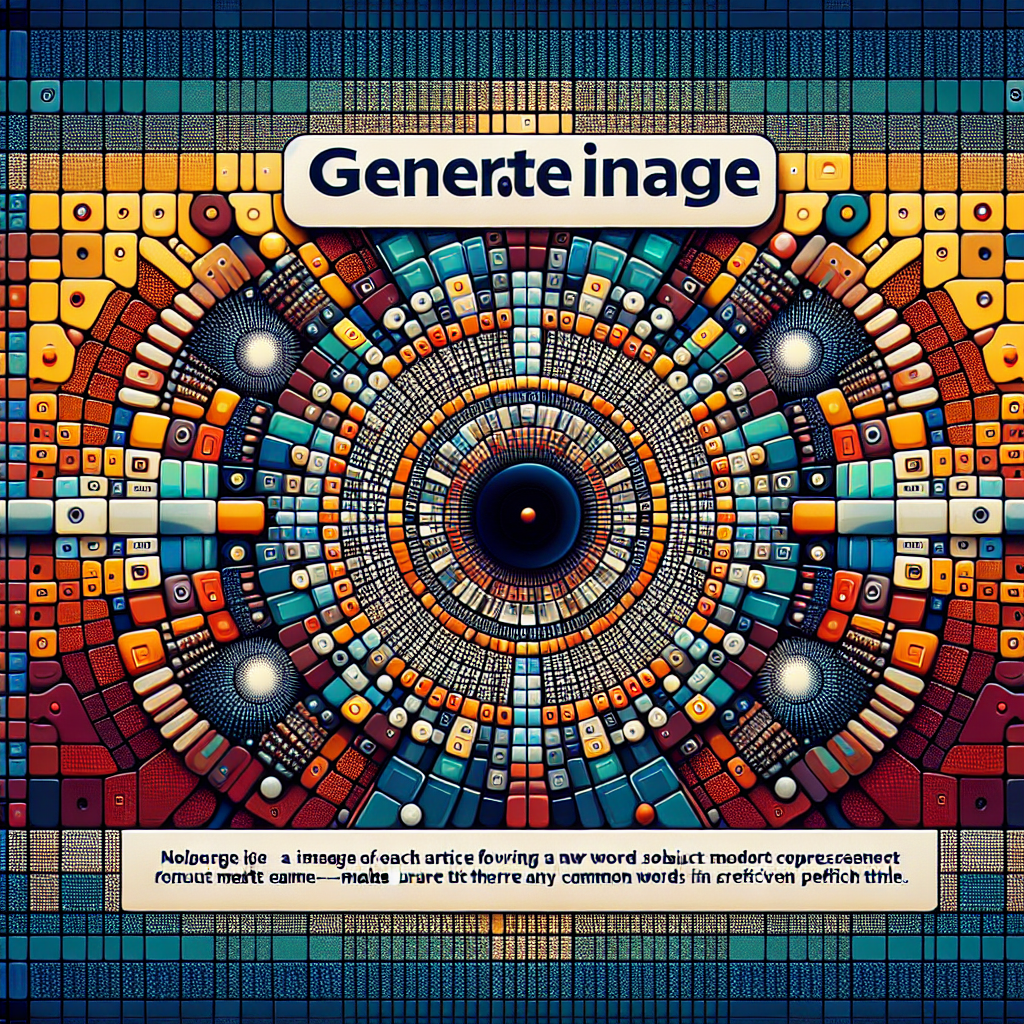When we peer into the cosmos, we are met with an orchestra of celestial bodies – nebulae swirling in beautiful hues, galaxies teeming with millions of stars, and diverse planets trailing their orbits. Oftentimes, we forget that this visible matter we marvel at makes up only about 5% of the universe. The remaining 95% is composed of dark energy and dark matter, elements that remain a daunting question mark in our understanding of the universe.
Dark matter, an elusive entity recognized through its gravitational interaction with visible celestial bodies, constitutes about 27% of the universe. Its paradoxical nature, being literally ‘unseeable,’ makes it one of the most intriguing subjects in scientific research.
The birthplace of the dark matter concept dates back to the 1930s when astrophysicist Fritz Zwicky noticed anomalies in the motions of galaxies. The observable mass was insufficient to explain the strong gravitational pull, which implied the presence of ‘missing mass.’ The term ‘dark matter’ was later coined in the 1980s by astronomers discussing this unaccounted material.
Further evidence supporting dark matter’s existence arose from the study of cosmic microwaves. The universe’s mapping displays temperature irregularities, best explained by the interaction of regular matter, dark matter, and dark energy after the Big Bang. These observations solidify dark matter as a major player in the cosmic symphony.
Although dark matter’s geometric and gravitational effects are widely accepted, its composition is highly debated. Hypotheses hypothesize it might be made up of weakly interacting massive particles (WIMPs), axions, or dark photons. Another school of thought suggests it might not be a particle at all, but a flaw in Einstein’s General Theory of Relativity.
Projects like The Large Hadron Collider at CERN, the Xenon project, and other extensive laboratory experiments all over the world are attempting to detect dark matter. Ironically, these cutting-edge technologies are looking for the faintest signals, attempting to shed light on this darkness.
Despite the challenges, understanding dark matter could potentially rewrite the laws of physics and cosmology. It could enlighten us on how galaxies were formed and their growth pattern. Unravelling this complex enigma undoubtedly paints an exhilarating portrait of future research, generating a plethora of possibilities of space exploration.
Yet, as we continue to delve deeper, the true extent of dark matter continues to baffle researchers. It’s a classic example of how much more we have to understand about the infinite cosmos we’re part of. As astrophysicist Neil Degrasse Tyson aptly says, “We are stardust brought to life, then empowered by the universe to figure itself out—and we have only just begun.”
In conclusion, the hidden beauty of the universe is not just found in the awe-inspiring celestial bodies we can see, but also in the mysteries that invisibly surround us. Life, as we know it, is barely a shade in the vast cosmic artistry. Understanding dark matter is akin to decoding the masterpiece that is our universe.
The question, ‘what is Dark Matter?’ remains one of the greatest cosmic mysteries. As we begin to explore this incredible puzzle, we move closer to understanding the fundamental truths of our existence and our place within the cosmic fabric.
It continues to be a testament to the enormity of the unknown, a testament to the continual journey undertaken by human curiosity. By seeking answers to these grand mysteries, we perpetually explore the cosmos, and implicitly, ourselves. After all, we are but reflections of the cosmos pondering its own existence.
The quest remains, necessitating courageous thinkers and breakthrough technologies to unveil the universe’s enigmatic face. It is about capturing the symphony of the cosmos, and with each revelation, we revel in the euphoria of discovery, and we take one step further in our cosmic journey. And at the end of it all, we might just find that comprehending the universe is as much a journey inward as it is outward.

Leave a Reply